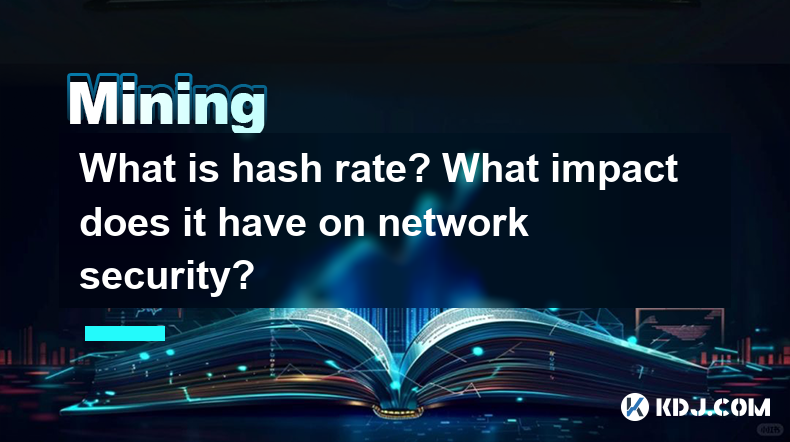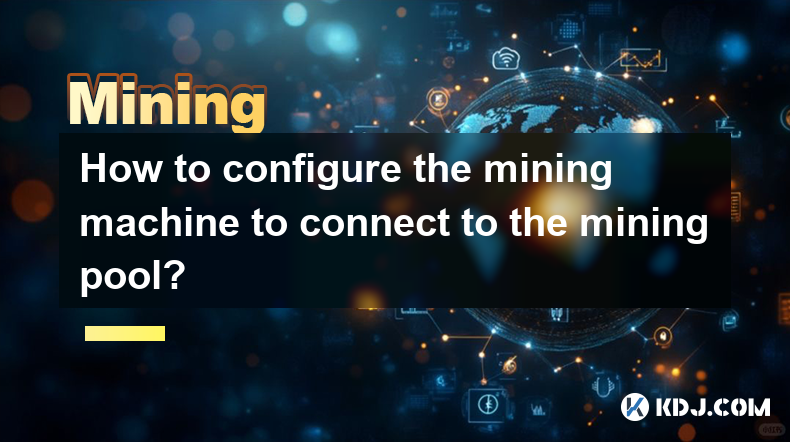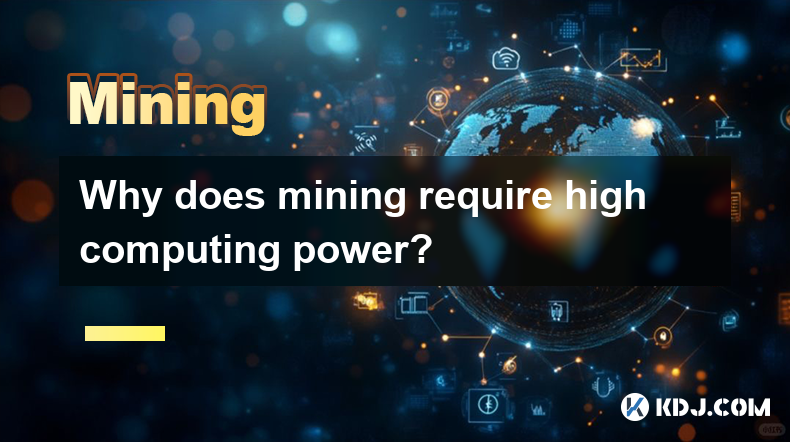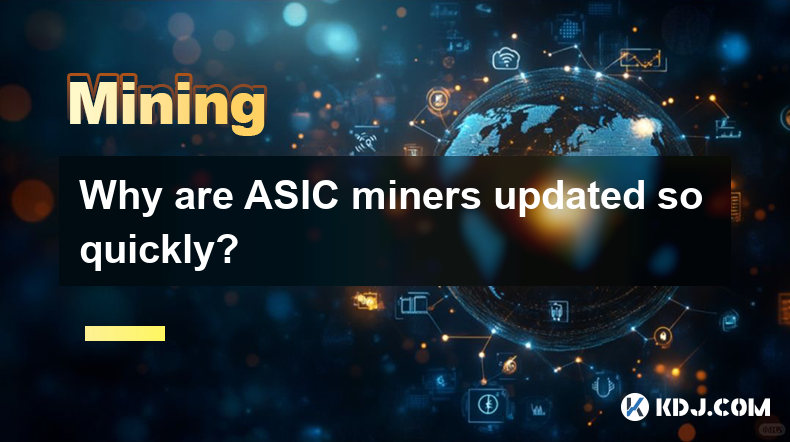-
 Bitcoin
Bitcoin $83,891.7312
-1.88% -
 Ethereum
Ethereum $1,578.4275
-3.33% -
 Tether USDt
Tether USDt $1.0000
0.00% -
 XRP
XRP $2.0794
-3.57% -
 BNB
BNB $581.8908
-0.92% -
 Solana
Solana $125.6113
-4.72% -
 USDC
USDC $1.0000
0.01% -
 TRON
TRON $0.2542
2.44% -
 Dogecoin
Dogecoin $0.1532
-3.25% -
 Cardano
Cardano $0.6060
-4.54% -
 UNUS SED LEO
UNUS SED LEO $9.3729
-0.62% -
 Chainlink
Chainlink $12.1807
-2.99% -
 Avalanche
Avalanche $18.8840
-5.20% -
 Stellar
Stellar $0.2359
-2.26% -
 Toncoin
Toncoin $2.8640
-4.28% -
 Shiba Inu
Shiba Inu $0.0...01167
-1.98% -
 Sui
Sui $2.0804
-4.68% -
 Hedera
Hedera $0.1572
-4.15% -
 Bitcoin Cash
Bitcoin Cash $318.3980
-3.27% -
 Litecoin
Litecoin $74.6060
-3.46% -
 Polkadot
Polkadot $3.5135
-3.83% -
 Dai
Dai $1.0001
0.01% -
 Bitget Token
Bitget Token $4.3450
0.02% -
 Hyperliquid
Hyperliquid $15.2439
-4.40% -
 Ethena USDe
Ethena USDe $0.9993
0.01% -
 Pi
Pi $0.6134
-9.10% -
 Monero
Monero $217.7508
1.15% -
 Uniswap
Uniswap $5.1593
-3.72% -
 OKB
OKB $52.0646
-0.19% -
 Pepe
Pepe $0.0...07144
-1.75%
What is hash rate? What impact does it have on network security?
Hash rate, measured in hashes per second, is crucial for cryptocurrency security; higher rates enhance network safety, while lower rates increase vulnerability to attacks.
Apr 13, 2025 at 08:42 pm

Hash rate is a fundamental concept in the world of cryptocurrencies, particularly in networks that use Proof of Work (PoW) consensus mechanisms like Bitcoin. It refers to the speed at which a computer or mining hardware can process and solve the mathematical problems required to validate transactions and add them to the blockchain. The hash rate is measured in hashes per second (H/s) and can range from thousands (KH/s) to quintillions (EH/s) of hashes per second, depending on the power of the mining equipment.
The hash rate directly impacts the security and efficiency of a cryptocurrency network. A higher hash rate means more computational power is dedicated to the network, making it more difficult for malicious actors to execute a 51% attack, where they attempt to control the majority of the network's mining power to alter the blockchain. Conversely, a lower hash rate can make the network more vulnerable to such attacks, as it requires less computational power to overpower the existing miners.
How Hash Rate is Calculated
Calculating the hash rate involves measuring the number of hash operations a miner can perform in a given time frame. For instance, if a miner can perform 10 trillion hash operations in one second, its hash rate would be 10 TH/s (terahashes per second). To calculate the total network hash rate, you aggregate the hash rates of all miners participating in the network.
The Role of Hash Rate in Mining
In the mining process, miners compete to solve complex cryptographic puzzles. The first miner to solve the puzzle gets the right to add a new block of transactions to the blockchain and is rewarded with newly minted cryptocurrency and transaction fees. The hash rate of a miner determines their chances of solving the puzzle first. Miners with higher hash rates have a greater probability of finding the solution before others, thus earning more rewards.
Impact of Hash Rate on Network Security
The security of a blockchain network is closely tied to its hash rate. A high hash rate indicates a robust and decentralized network, as it reflects a large number of miners contributing to the validation process. This decentralization makes it extremely difficult for any single entity to gain control over the network, thereby enhancing its security.
On the other hand, a low hash rate can signal a less secure network. If the hash rate drops significantly, perhaps due to miners leaving the network or switching to more profitable cryptocurrencies, the network becomes more susceptible to attacks. A 51% attack, for example, becomes more feasible when the total hash rate is lower, as attackers need to control a smaller percentage of the total mining power.
Hash Rate and Network Difficulty
The difficulty of the cryptographic puzzles in a blockchain network is dynamically adjusted based on the total hash rate. If the hash rate increases, the difficulty level is raised to ensure that new blocks are added at a consistent rate, typically every 10 minutes in the case of Bitcoin. Conversely, if the hash rate decreases, the difficulty is lowered to maintain the block addition rate.
This adjustment mechanism ensures that the network remains stable and secure. By increasing the difficulty when more miners join the network, it prevents the block addition rate from accelerating, which could lead to inflation of the cryptocurrency. Similarly, lowering the difficulty when miners leave helps maintain the integrity of the blockchain by ensuring that blocks continue to be added at a steady pace.
Factors Affecting Hash Rate
Several factors can influence the hash rate of a cryptocurrency network. The primary factor is the number and efficiency of miners participating in the network. As more miners join with powerful hardware, the total hash rate increases. Conversely, if miners switch to other cryptocurrencies or exit the market due to unprofitability, the hash rate decreases.
Technological advancements also play a significant role. The development of more efficient mining hardware, such as Application-Specific Integrated Circuits (ASICs), can significantly boost the hash rate. These specialized machines are designed to perform hash operations much faster than general-purpose computers, thereby increasing the overall hash rate of the network.
Economic factors can also impact the hash rate. The profitability of mining a particular cryptocurrency can attract or deter miners. If the price of the cryptocurrency rises, more miners may be incentivized to join the network, increasing the hash rate. Conversely, if the price drops and mining becomes less profitable, miners may leave, causing the hash rate to decline.
Monitoring Hash Rate
Monitoring the hash rate of a cryptocurrency network is crucial for understanding its health and security. Various online tools and blockchain explorers provide real-time data on the hash rate of major cryptocurrencies like Bitcoin and Ethereum. These tools allow users to track changes in the hash rate and assess the network's security and stability.
- Visit a blockchain explorer such as Blockchain.com or Blockchair.
- Navigate to the network statistics section.
- Look for the hash rate data, which is usually displayed in real-time and can be viewed over different time frames (e.g., hourly, daily, weekly).
By regularly monitoring the hash rate, users can gain insights into the network's performance and make informed decisions about their involvement in mining or investing in the cryptocurrency.
Frequently Asked Questions
Q: Can the hash rate of a network be manipulated?
A: While individual miners can manipulate their reported hash rate through techniques like hash rate rental or pool hopping, the overall network hash rate is a collective measure that is difficult to manipulate. Any attempt to artificially inflate the hash rate would require significant resources and would likely be detected by the network.
Q: How does the hash rate affect the energy consumption of a cryptocurrency network?
A: The hash rate is directly linked to the energy consumption of a cryptocurrency network. Higher hash rates require more computational power, which in turn consumes more electricity. This is a significant concern for cryptocurrencies like Bitcoin, which have been criticized for their high energy usage.
Q: Is a higher hash rate always better for a cryptocurrency network?
A: While a higher hash rate generally indicates a more secure and decentralized network, it is not always better. Extremely high hash rates can lead to centralization, as only miners with the most powerful and expensive hardware can remain profitable. This can result in a few large mining pools dominating the network, which goes against the principles of decentralization.
Q: How do hard forks affect the hash rate of a cryptocurrency?
A: Hard forks can split the hash rate of a cryptocurrency network. When a hard fork occurs, miners have the option to continue mining the original blockchain or switch to the new one. This can lead to a temporary decrease in the hash rate of both chains until miners decide which one to support. Over time, the hash rate may stabilize as miners adjust to the new network conditions.
Disclaimer:info@kdj.com
The information provided is not trading advice. kdj.com does not assume any responsibility for any investments made based on the information provided in this article. Cryptocurrencies are highly volatile and it is highly recommended that you invest with caution after thorough research!
If you believe that the content used on this website infringes your copyright, please contact us immediately (info@kdj.com) and we will delete it promptly.
- Gold prices have surpassed $3,300 per ounce, setting a historic high as global markets face heightened volatility.
- 2025-04-16 20:35:12
- Mantra Labs CEO John Mullin Aims to Earn Community Confidence by Permanently Removing the Team's Tokens from Circulation
- 2025-04-16 20:35:12
- Mantra CEO John Mullin Plans to Burn All Team-Held OM Tokens to Rebuild Trust
- 2025-04-16 20:30:13
- BNB Chain Burns $916 Million Worth of Tokens in Latest Incineration Event
- 2025-04-16 20:30:13
- Bitcoin (BTC) Dips to $83k Today as Market Uncertainty Grips the Crypto Space
- 2025-04-16 20:25:13
- Pi Coin Price Has Slipped Nearly 15% Today to $0.6
- 2025-04-16 20:25:13
Related knowledge

How to troubleshoot hardware failures during mining?
Apr 16,2025 at 08:42pm
Mining cryptocurrency can be a rewarding venture, but it often comes with its own set of challenges, particularly when it comes to hardware failures. Hardware failures can significantly disrupt your mining operations, leading to downtime and potential loss of revenue. This article will guide you through the process of troubleshooting common hardware fai...

How to configure the mining machine to connect to the mining pool?
Apr 16,2025 at 08:35pm
Introduction to Mining Machine ConfigurationConfiguring a mining machine to connect to a mining pool is a crucial step for cryptocurrency miners looking to optimize their mining operations. A mining pool is a collective group of miners who combine their computational resources to increase their chances of solving complex cryptographic puzzles and earnin...

Why does mining require high computing power?
Apr 16,2025 at 12:07pm
Mining in the cryptocurrency world, particularly in the case of Bitcoin and other Proof of Work (PoW) cryptocurrencies, is a process that demands significant computational resources. This article delves into the reasons behind this high demand for computing power, exploring the technical intricacies and the underlying principles that necessitate such re...

How to evaluate the return on investment of mining?
Apr 16,2025 at 05:28pm
Mining in the cryptocurrency world refers to the process of verifying transactions and adding them to the blockchain, which in turn rewards miners with newly created coins. Evaluating the return on investment (ROI) of mining is crucial for miners to understand whether their operations are profitable. This article will delve into the various factors and ...

Why are ASIC miners updated so quickly?
Apr 16,2025 at 01:07pm
The rapid updates of ASIC miners in the cryptocurrency industry are driven by several key factors that contribute to their constant evolution and improvement. ASIC miners, or Application-Specific Integrated Circuit miners, are specialized hardware designed to mine specific cryptocurrencies with high efficiency. The primary reason for their frequent upda...

How to reduce the electricity cost of mining?
Apr 16,2025 at 08:42am
Mining cryptocurrencies, particularly Bitcoin, is an energy-intensive process that can lead to significant electricity costs. However, there are several strategies that miners can employ to reduce these expenses and make their operations more cost-effective. In this article, we will explore various methods to minimize the electricity cost of mining. Cho...

How to troubleshoot hardware failures during mining?
Apr 16,2025 at 08:42pm
Mining cryptocurrency can be a rewarding venture, but it often comes with its own set of challenges, particularly when it comes to hardware failures. Hardware failures can significantly disrupt your mining operations, leading to downtime and potential loss of revenue. This article will guide you through the process of troubleshooting common hardware fai...

How to configure the mining machine to connect to the mining pool?
Apr 16,2025 at 08:35pm
Introduction to Mining Machine ConfigurationConfiguring a mining machine to connect to a mining pool is a crucial step for cryptocurrency miners looking to optimize their mining operations. A mining pool is a collective group of miners who combine their computational resources to increase their chances of solving complex cryptographic puzzles and earnin...

Why does mining require high computing power?
Apr 16,2025 at 12:07pm
Mining in the cryptocurrency world, particularly in the case of Bitcoin and other Proof of Work (PoW) cryptocurrencies, is a process that demands significant computational resources. This article delves into the reasons behind this high demand for computing power, exploring the technical intricacies and the underlying principles that necessitate such re...

How to evaluate the return on investment of mining?
Apr 16,2025 at 05:28pm
Mining in the cryptocurrency world refers to the process of verifying transactions and adding them to the blockchain, which in turn rewards miners with newly created coins. Evaluating the return on investment (ROI) of mining is crucial for miners to understand whether their operations are profitable. This article will delve into the various factors and ...

Why are ASIC miners updated so quickly?
Apr 16,2025 at 01:07pm
The rapid updates of ASIC miners in the cryptocurrency industry are driven by several key factors that contribute to their constant evolution and improvement. ASIC miners, or Application-Specific Integrated Circuit miners, are specialized hardware designed to mine specific cryptocurrencies with high efficiency. The primary reason for their frequent upda...

How to reduce the electricity cost of mining?
Apr 16,2025 at 08:42am
Mining cryptocurrencies, particularly Bitcoin, is an energy-intensive process that can lead to significant electricity costs. However, there are several strategies that miners can employ to reduce these expenses and make their operations more cost-effective. In this article, we will explore various methods to minimize the electricity cost of mining. Cho...
See all articles























































































